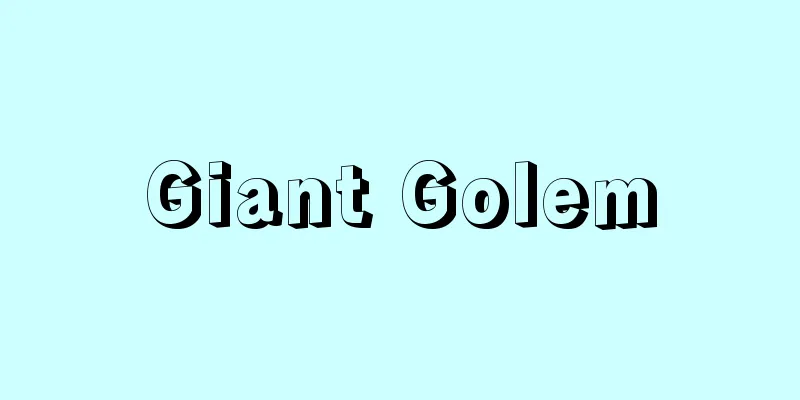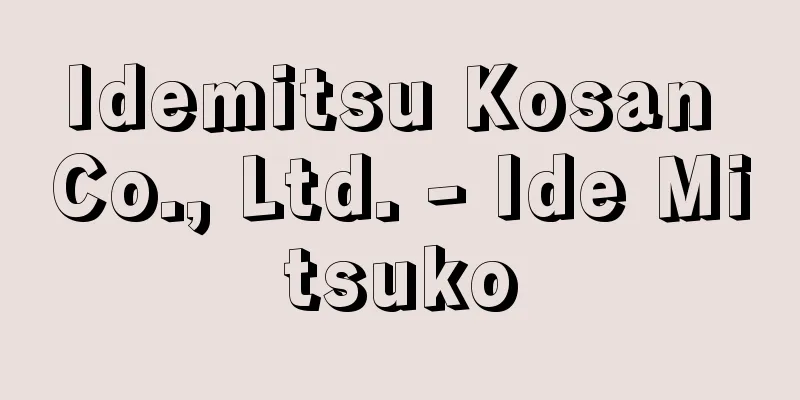Takato Oshima

|
A mining and metallurgical engineer known as the father of modern Japanese steelmaking. Born in Morioka as the son of a doctor for the Nanbu domain, he went to Edo to take over the family business and studied Dutch studies and medicine under Mitsukuri Genpo and Tsuboi Shindo. After studying in Nagasaki in 1846 (the third year of the Koka era), he energetically studied "Western military tactics, gunnery, mining, and smelting methods" through Dutch documents. Together with his fellow student, Tezuka Ritsuzo, he translated the Dutch book Casting Methods at the National Iron Cannon Foundry at Luik (Liège) (originally written by the Dutchman U. Huguenin (1755-1833), 1826). In addition, he received full instruction in Western-style gunnery from Asagoro (1821-1864), the son of Takashima Shuhan (1798-1866). In 1853 (Kaei 6), he was invited by Fujita Toko to begin construction of a reverberatory furnace for casting cannons for the Mito Domain. After the construction was successful, he immediately built a Western-style blast furnace at the Kamaishi Iron Mine in his hometown of the Nanbu Domain, and thus led the way to modern iron-making technology. He regarded the reverberatory furnace and the blast furnace, which produced the pig iron used as raw material, as one comprehensive technological system, and his pioneering work lay in his ability to combine European principles of iron-making with indigenous Japanese culture. He also made outstanding achievements in the practical aspects of industrial development and technical education in the Nanbu Domain, but in 1874 (Meiji 7), he was rejected by government bureaucrats who placed too much emphasis on foreign technology when it came to the location of the Kamaishi Ironworks of the Ministry of Public Works. Thereafter, he was mainly involved in the technical management of non-ferrous mines such as Juwada, Kosaka, and Ani. In 1885, he was promoted to Director of the Sado Mines Bureau, and after his retirement, he was elected as the first chairman of the Japan Mining Association. [Kenichi Iida] "The Acts of Takato Oshima" edited by Shinzo Oshima (1938, private edition)" ▽ "The Beginnings of Nippon Steel and the Life of Takato Oshima" by Shuzo Hanzawa (1974, Shinjinbutsu Oraisha) [References] | | | | | | | |©Shogakukan Library "> Takato Oshima Source: Shogakukan Encyclopedia Nipponica About Encyclopedia Nipponica Information | Legend |
|
日本の近代製鉄業の父とよばれる採鉱冶金(やきん)技術者。南部藩医の子として盛岡に生まれる。家業を継ぐため江戸に出て箕作阮甫(みつくりげんぽ)、坪井信道(つぼいしんどう)らの門に入り、蘭学(らんがく)、医学を学んだ。1846年(弘化3)長崎に留学してのちは、オランダ語の文献を通して「西洋の兵法、砲術、鉱山、製錬の方法」を精力的に学び、学友の手塚律蔵とともに蘭書『ロイク(リエージュ)国立鉄製大砲鋳造所における鋳造法』(オランダ人ヒュゲーニンU. Huguenin(1755―1833)原著。1826)を訳述したほか、高島秋帆(たかしましゅうはん)(1798―1866)の子、浅五郎(あさごろう)(1821―1864)について、西洋流砲術の免許皆伝を受けた。1853年(嘉永6)藤田東湖(ふじたとうこ)に招かれて、水戸藩の大砲鋳造用反射炉の建設にかかり、その創業に成功すると、ただちに郷里南部藩の釜石鉄山(かまいしてつざん)に洋式高炉を築き、近代製鉄技術の源流を導いた。反射炉と、その原料としての銑鉄をつくる高炉とを、一つの総合的な技術システムとしてとらえ、ヨーロッパの製鉄原理を、よく日本の土着文化と結びつけたところに彼の先駆性がある。南部藩の産業開発や技術教育の実践面でも優れた業績を残したが、1874年(明治7)工部省釜石製鉄所の立地に関し、外国技術を偏重する政府官僚にいれられず、その後は十輪田、小坂、阿仁(あに)など、もっぱら非鉄諸鉱山の技術経営にあたり、1885年佐渡鉱山局長に進み、退任後は日本鉱業会初代会長に選ばれた。 [飯田賢一] 『大島信蔵編『大島高任行実』(1938・私家版)』▽『半沢周三著『日本製鉄事始・大島高任の生涯』(1974・新人物往来社)』 [参照項目] | | | | | | | |©小学館ライブラリー"> 大島高任 出典 小学館 日本大百科全書(ニッポニカ)日本大百科全書(ニッポニカ)について 情報 | 凡例 |
>>: Oshima Sadamasu - Oshima Sadamasu
Recommend
Garden - That
A type of farmland in ancient and medieval times. ...
Adad
The great weather god of the Babylonian and Assyri...
Picholine
Methylpyridine. C 6 H 7 N (93.13). Found in tar b...
Constitution of Japan
Enacted: May 3, 1947 I am deeply pleased that, ba...
Stone curleus
...They are often found in small groups outside t...
Nicolae Bǎlcescu
1819‐52 Romanian politician and historian. Born in...
Asinius Pollio, G. (English spelling) AsiniusPollioG
…Roman tragedy began as an imitation and adaptati...
Armored car - Soukosha (English spelling) armored car
It is a combat vehicle with less firepower and pr...
Kada - Kada
〘Noun〙 (Transliteration of gāthā. Translated as &q...
Śravaṇā (English spelling) Sravana
...Following the Vedic framework, these festivals...
Zhang Dong-sun (English spelling)
[Born] Guangxu 12 (1886) [Died] 1973 Chinese philo...
"California Land Law"
...The date of creation and author are unknown. T...
Crocodylus palustris (English spelling) Crocodylus palustris
… Crocodile [Takahiro Matsui]. … *Some of the ter...
Metal foil - kinzokuhaku (English spelling) metal foil
A highly malleable metal that has been rolled out...
Masanori Ikeda
Dates of birth and death unknown. A haiku poet an...









